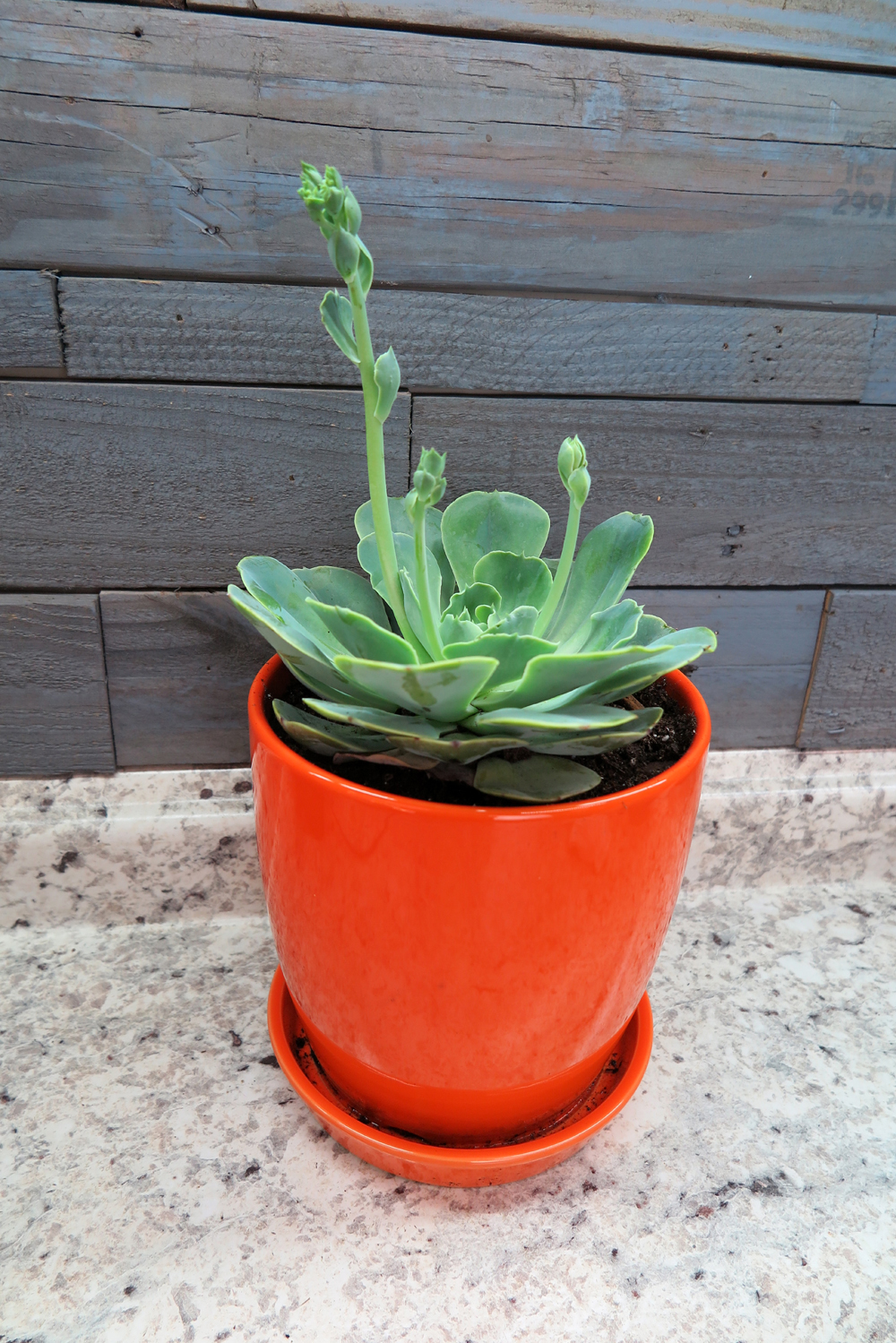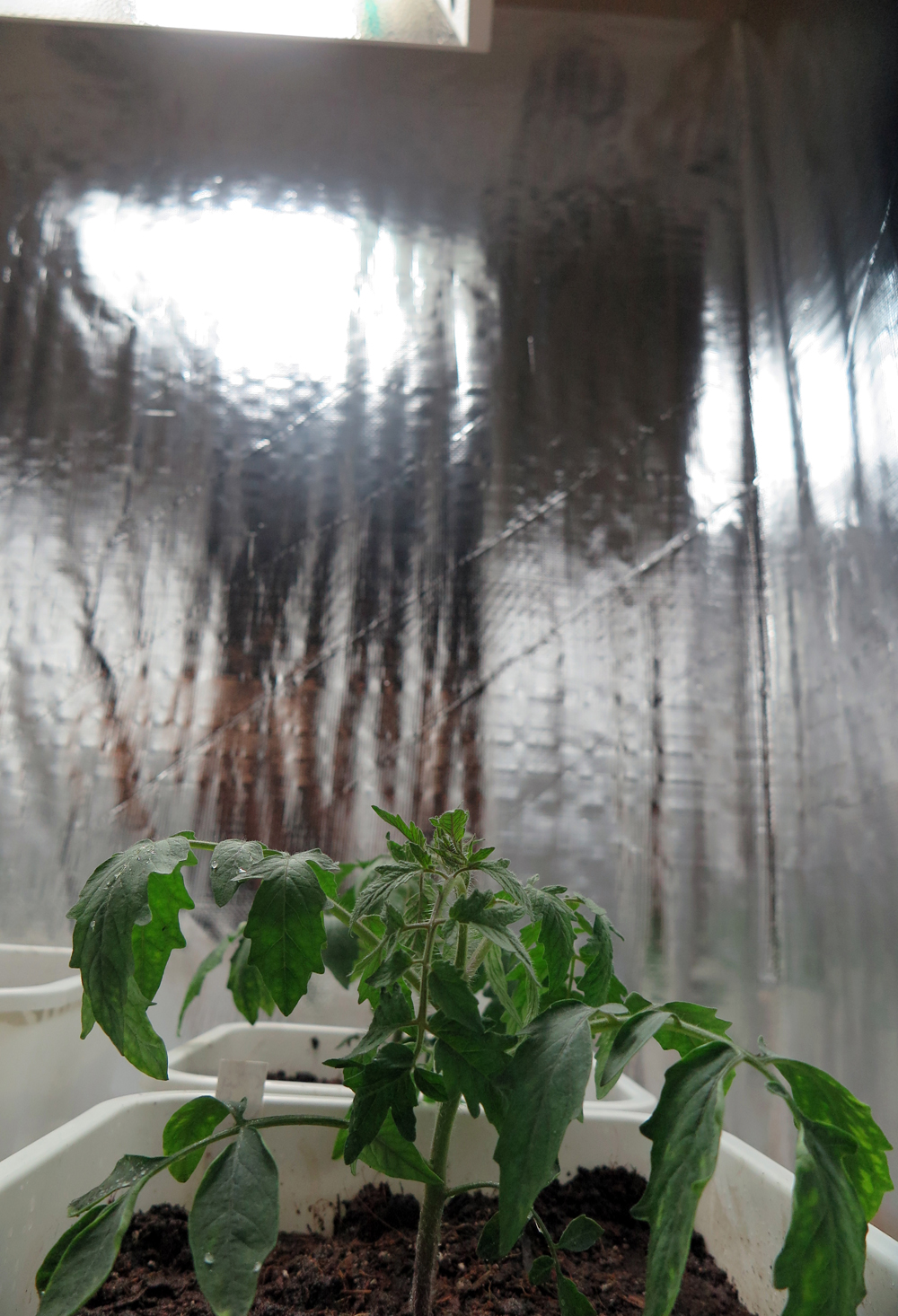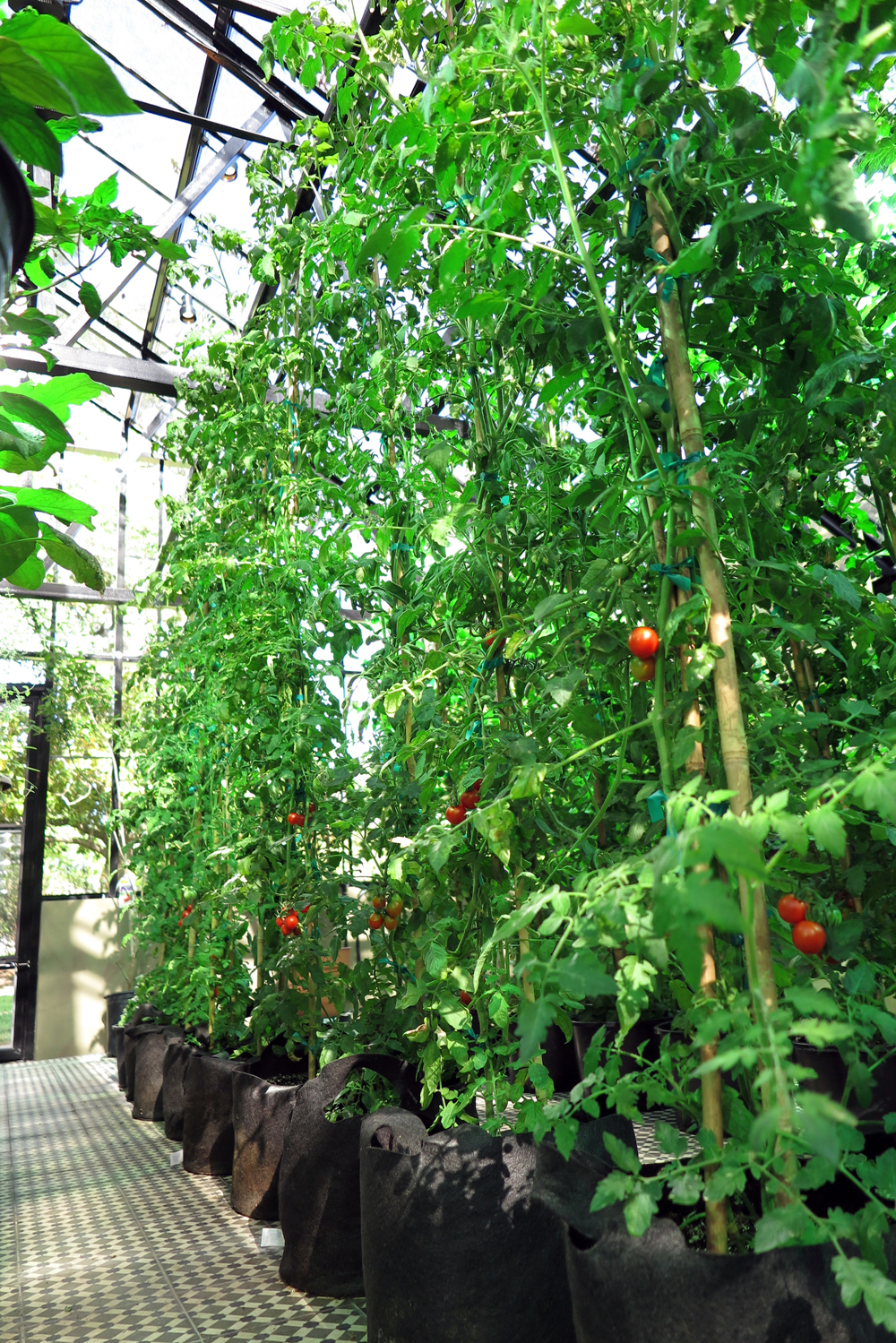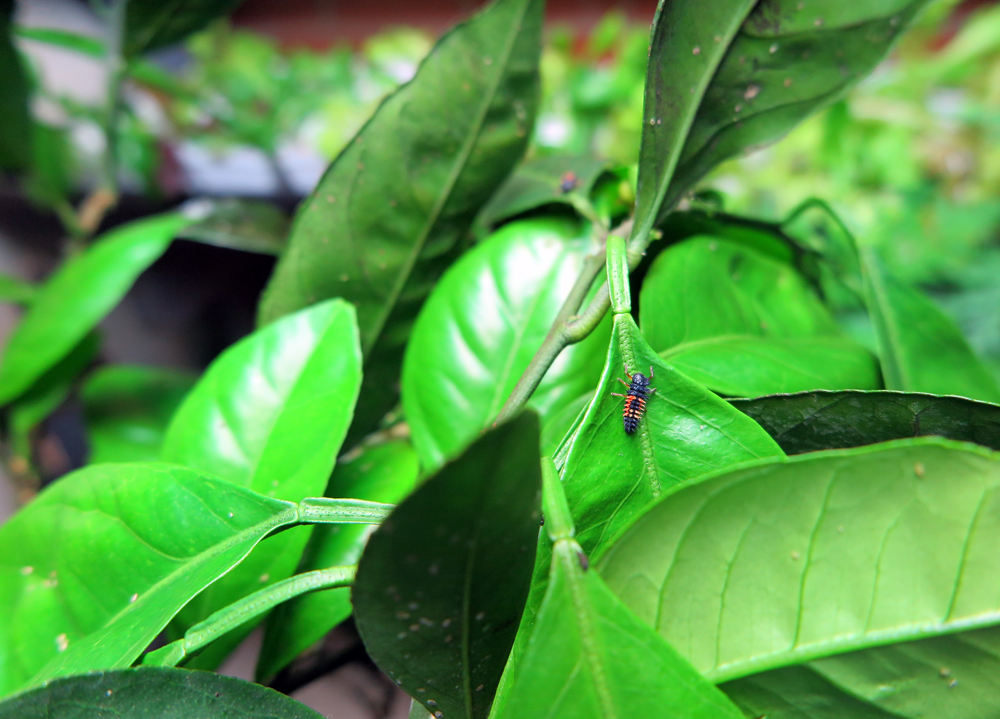Overwintering Succulents Indoors
June 20, 2018
Most succulents and cactus are happiest growing outdoors where they'll receive bright light and good air circulation. However, you may not be able to keep your potted succulents outdoors year-round.
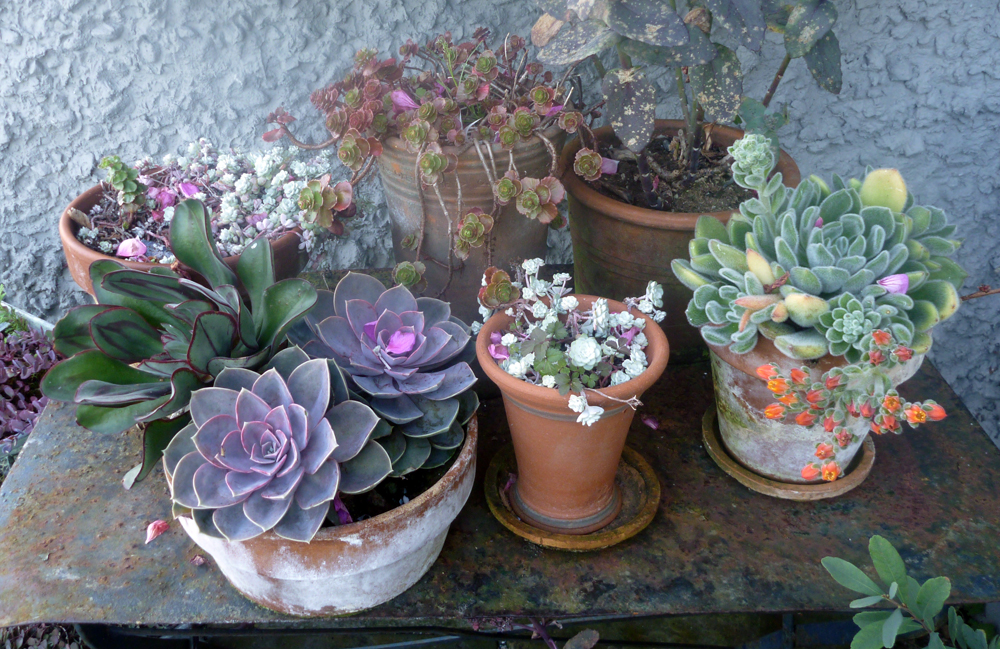
Some of these succulents will need to go indoors for the winter.
PC: Ball Horticultural Company
If you live in a climate with freezing winter temperatures, you will need to bring many of your succulents indoors for the winter. Each type of succulent tolerates certain temperature ranges, and not all are frost-hardy, especially in containers. Be sure to provide succulents and cactus with bright supplemental light from grow lamps in the winter, for about 12-hours per day.


